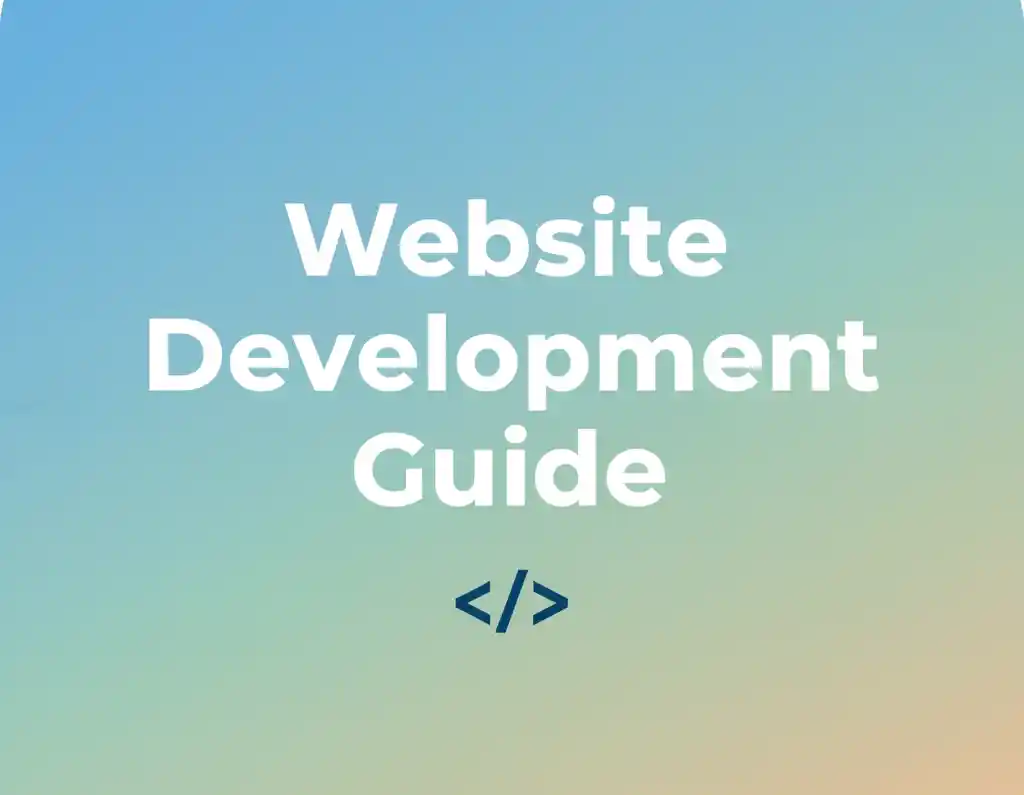Introduction
What is Web Development? It refers to the process of building, maintaining, and optimizing websites and web applications driving the digital world. Today, every business and individual needs an online presence, which makes understanding web development a crucial skill. Therefore, mastering this field not only opens career paths, but also strengthens brands in the digital era.
Why Web Development Matters in the Digital Age
Web development plays a central role in connecting businesses to customers online. Moreover, a well-built website builds trust and credibility. In addition, individuals can use web development to create portfolios, share ideas, and generate income. For career seekers, it is among the most in-demand skills—thus learning web development is a wise investment.
Understanding the Basics of Web Development
Frontend Development:
Frontend development controls what users see. It involves HTML, CSS, JavaScript, and frameworks such as React. When you open a website, all layout, styles, and interactions are handled by the frontend layer. Additionally, frameworks accelerate development and ensure consistent UI across devices..
Example: When you open a website, everything from fonts to colors is controlled by frontend technologies.
Backend Development:
Backend development powers the application behind the scenes. It includes server logic, databases, and APIs. For example, Node.js, Python, and PHP are popular tools. When the server receives a request, it processes data, interacts with the database, and returns results to the user. Finally, secure APIs enable different systems to communicate reliably.
Full-Stack Development
Full-stack development combines both frontend and backend. Developers skilled in both areas are in high demand, as they can build complete applications from scratch.
Core Technologies in Web Development
HTML & CSS
HTML – The Structure of the Web :
HTML provides the structure of a webpage, defining elements like headings, paragraphs, and links.
CSS – Styling and Design :
CSS adds visual appeal with colors, fonts, layouts, and responsiveness across devices.
JavaScript and Frameworks
JavaScript makes websites interactive. Frameworks such as React, Angular, and Vue.js simplify development and improve scalability.
Databases and APIs
Databases store data, while APIs connect applications. SQL and NoSQL databases serve different needs, and APIs (REST, GraphQL) enable seamless communication.
Process (Step-by-Step)
Planning and Research
Understanding client goals, user needs, and project scope.
Designing UI/UX
Creating wireframes, mockups, and user-friendly interfaces.
Development and Testing
Building the site, writing code, and testing functionality.
Deployment and Maintenance
Launching the site and ensuring it stays updated.
Career Opportunities
Web developers can work in freelancing, remote jobs, startups, or enterprises. In 2025 and beyond, demand for skilled developers will continue to grow, especially with AI integration and cloud computing.
Common Tools and Platforms
Developers use tools like VS Code, Git/GitHub, hosting platforms, and WordPress. As a result, choosing the right tools speeds up development and improves overall project quality.
Future of Web Development
The future is shaped by AI integration, Progressive Web Apps (PWAs), and Web3 technologies. These innovations will change how users interact with websites.
Conclusion
In conclusion, web development is not just about writing code; it is about creating meaningful digital experiences. Moreover, from frontend design to backend logic and future-ready applications, the field offers endless opportunities. Additionally, it empowers developers to shape the future of digital interaction. Therefore, whether you are a beginner or an advanced learner, the journey of web development is both rewarding and essential in today’s digital age.


